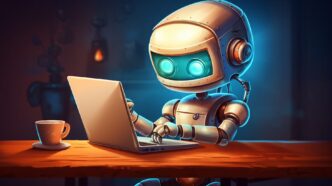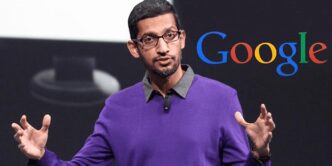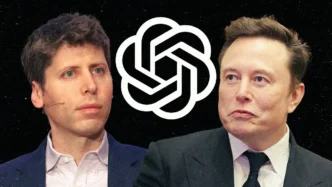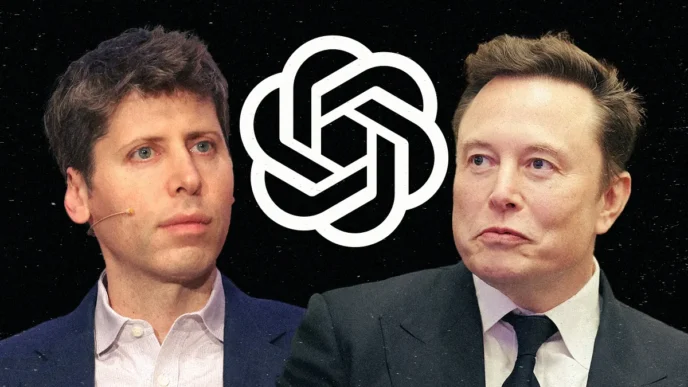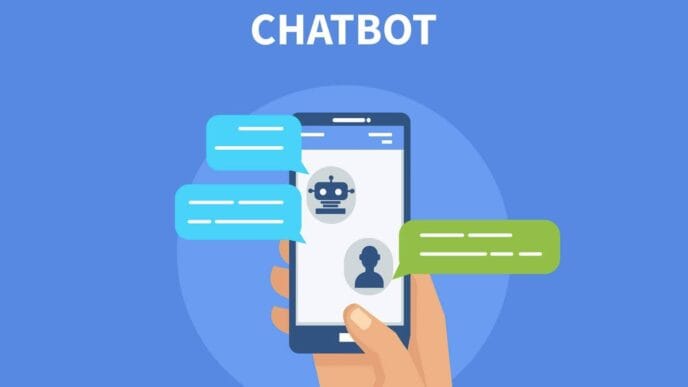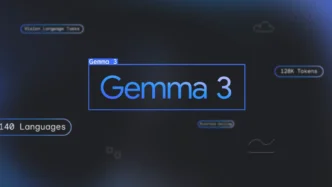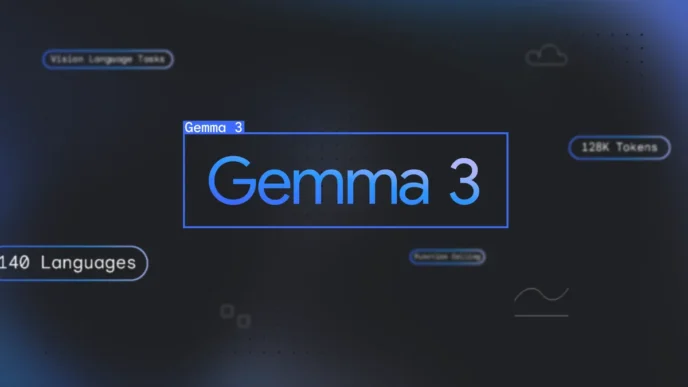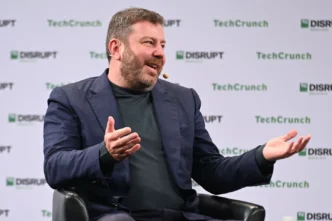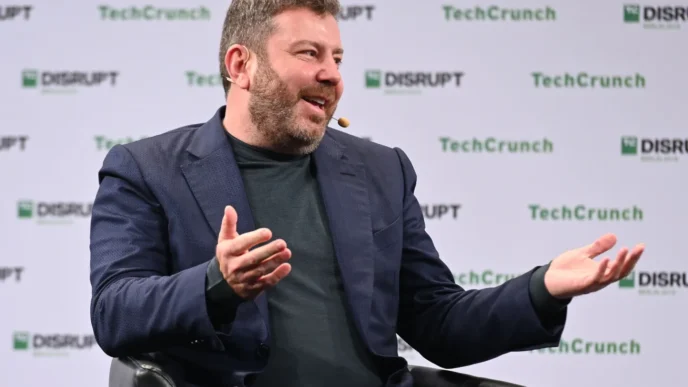The term AI agent has quickly become the buzziest catchphrase in tech—but what does it actually mean? Even the investors pouring billions into the sector, like those at Andreessen Horowitz (a16z), can’t seem to agree on a definition.
In a recent episode of the a16z podcast titled “What Is an AI Agent?”, three of the firm’s top infrastructure partners—Guido Appenzeller, Matt Bornstein, and Yoko Li—openly admitted that the term is being used so loosely, it’s lost most of its meaning.
This kind of buzzword inflation is nothing new in the tech world. But with AI agent hype climbing, clarity matters more than ever. Especially when VCs like a16z are reportedly raising a $20 billion mega-fund to double down on AI startups.
Everyone Wants to Be an “Agent”
According to Appenzeller, there’s a whole “continuum” of startups rushing to label their tools as agents. Some are little more than smart prompts layered on a knowledge base. In these cases, the software might answer basic IT queries by pulling up canned responses. Technically, that fits under today’s broad umbrella of what an AI agent is—but it’s hardly transformative.
Other companies, though, are painting a much bigger picture. They’re pitching agents as full-on human replacements—capable of taking over jobs, making decisions, and operating independently.
To get there, however, these agents would need features that closely resemble artificial general intelligence (AGI). They’d need long-term memory, the ability to reason, and autonomy to perform multi-step tasks over time.
But as both Appenzeller and Li pointed out, these kinds of AI systems don’t really exist—at least not yet. The technology simply isn’t reliable enough. Even Artisan, a startup that’s gone viral for its “stop hiring humans” ad campaign, is still hiring humans, according to its CEO Jaspar Carmichael-Jack. Building a dependable AI agent, it turns out, is a lot harder than marketing one.
Redefining the AI Agent—What’s Actually Possible Now?
In their podcast conversation, the a16z trio did eventually settle on a working definition. Yoko Li described today’s real AI agents as systems built on large language models (LLMs) that can reason, take multiple steps, and make autonomous decisions.
Unlike basic bots, these agents don’t just respond to commands. They proactively execute workflows. Think: pulling data, choosing the best leads to contact, writing emails, and sending them—all without constant human input.
Still, that’s a far cry from replacing human employees. Bornstein was clear about this: most jobs rely on creativity and nuanced thinking, the kind of human intelligence AI still can’t replicate. In his view, the dream of fully replacing people with bots is not only far off—it may not even be theoretically possible.
Ironically, automation through agents could lead to more human jobs, not fewer. As productivity rises, businesses often expand—hiring people to do the tasks AI can’t.
Why the AI Agent Hype Is Causing Confusion
So why are we hearing so much about AI agents replacing the workforce?
According to Bornstein, the idea of human-like agents is more of a marketing angle than a technical reality. It’s a way for startups to attract attention, justify higher pricing, or pitch a revolutionary business model.
But this hype is creating a mess of expectations. Even those closest to the tech—venture capitalists backing frontier AI companies—are cautious about buying into the boldest claims.
If the investors funding OpenAI and other top players are skeptical, maybe the rest of us should be, too.
